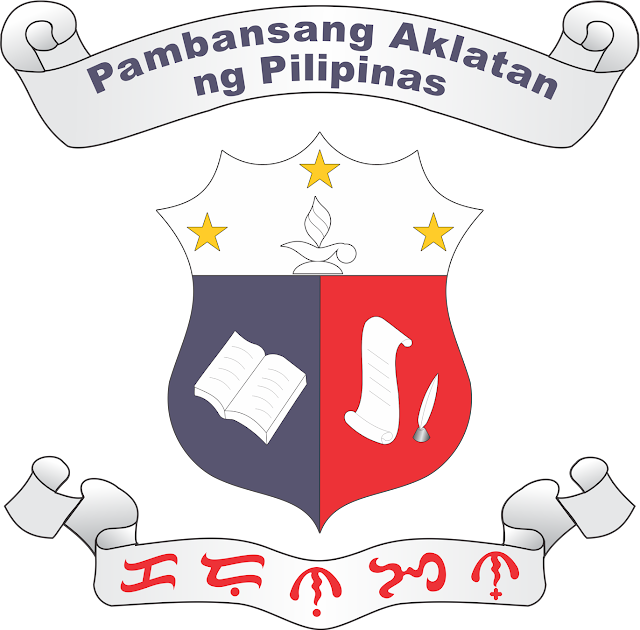Municipality of Luna, Province of Apayao
MUNICIPALITY OF LUNA
PROVINCE OF APAYAO
Year Approved: 2006
CIRCULAR SHAPE - denotes that the people are all equal in the eyes of the government. The government of Luna serves its inhabitants equallly regardless of age, sex or ethnic origin
SHIELD - symbolize peace, readiness and bravery. While the people of Luna are peace loving, they are ready to defend themselves in case of aggression. The shield has five (5) branches or figures which shows that Luna then consisted of two district areas. Bisected by Apayao-Abulug river it consisted of the northwest side and the southeast side, represented by the two bottom fingers. As years passed by, three (3) municipalities were created out of the former territory of Luna, namely Pudtol, Flora and Sta. Marcela, each are represented by the 3 upper fingers. Flora and Sta. Marcela now occupies the former southeast side of Luna, while Pudtol and the mother town Luna are located at the northwest side of the river
DIAMOND - being a very precious metal metal, it represent the enormous natural wealth of the town, the wide mountain so rich in minor and major forest products, minerals, wildlife, clear river and streams so rich in aquatic food, wide and fertile agricultural land and many others
ALIWA (native bolo) - the native bolo represent the first inhabitant of Luna, a minority group called Isneg (or itnegs) and Aetas (pugot or aggay) but in much lesser number than the Isneg. Until Ilocano immigrants poured in, the Isneg dominated the whole municipality. The Aliwa is sharp cutting instrument used chiefly by the Isneg at their residence or at the hillside farm. It is also used together with the spear for hunting and warfare. It is the status symbol of the Isneg. Older folks or middle age Isneg always carry or fasten at their waist an Aliwa anywhere they go, at peace or at war
SPEAR - the spear is a reflection of the way of living of the first inhabitants of Luna, the Isnegs and Aetas. The native are expert hunters. Their main source of livelihood was hunting. They depend chiefly on wild animals and wild birds for living. The spear is a very efficient instrument for hunting but is also use as effective weapon against an enemy attack. Today, hunting becames a sports of not only the natives but also the Ilocanos and other immigrants of the town
MOUNTAIN - the mountain symbolizes life stability. It is the main deposit of untapped natural wealth, major and minor forest products, minerals, wildlife and many others. It is the life blood of Luna and adjoining towns of Cagayan. It provide irrigation water at the ricefield of two province, Apayao and Cagayan. The territory of Luna consist of wider mountainous and rolling area than lowland




Comments
Post a Comment